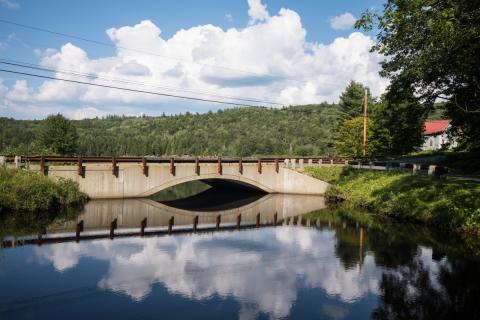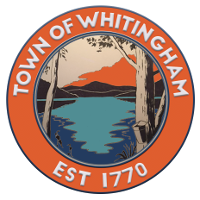
Cyanobacteria - What you need to know
With the warm weather approaching, cyanobacteria (blue-green algae) blooms may start popping up in your town. Cyanobacteria are a health concern because when people come in contact with them, they could become ill. Under certain circumstances, some blooms can produce toxins.
When the Health Department becomes aware of cyanobacteria blooms or potential blooms in your town, we will reach out to let you know. When the Health Department is closed, such as on the weekend, we encourage residents to contact you directly about potential blooms and water quality concerns. Below, please find guidance on investigating potential cyanobacteria blooms in your towns.
The first thing to do when investigating a cyanobacteria report is to visit the location of the report. It is important to visit the site between the hours of about 11am-5pm, when cyanobacteria are most likely to have risen to the surface and be visible to you.
You will then need to visually identify whether cyanobacteria are present. To help you learn to visually identify cyanobacteria, we have developed this short video: www.healthvermont.gov/cyanobacteria
If cyanobacteria are present at a recreational site, the most important thing is to keep people out of the water. To do this, we recommend posting signs at the location where people are likely to see and read them. This may mean posting multiple signs along a beach.
Two different signs are attached to this email: a SWIM AREA CLOSED sign and a HEALTH ALERT sign. We recommend the SWIM AREA CLOSED sign be posted when there is a large cyanobacteria bloom covering most of the swim area. We recommend the SWIM AREA CLOSED sign remain posted until 24 hours after the bloom has dissipated OR the results for any toxin testing that was done come back below the Health Department’s advisory levels. We recommend the HEALTH ALERT sign be posted when cyanobacteria are present at less than bloom levels. Pictures are attached to this email in a PDF file to help you distinguish what would be considered a cyanobacteria bloom.
If a cyanobacteria bloom is identified in your town, please let the Health Department know the location by emailing BloomAlert@vermont.gov. We will then post the notice on our online Cyanobacteria Tracker and work with you to determine the feasibility of coordinating sampling of the bloom to find out whether there are toxins present.
If you have any questions about recreational water or cyanobacteria, please feel free to reach out to Bridget O’Brien in the Division of Environmental Health at bridget.obrien@vermont.gov or 800-439-8550.

